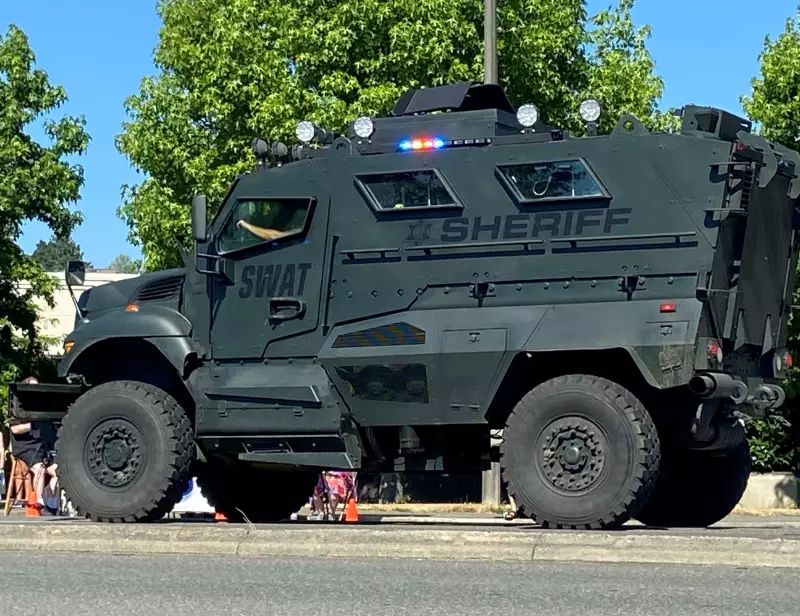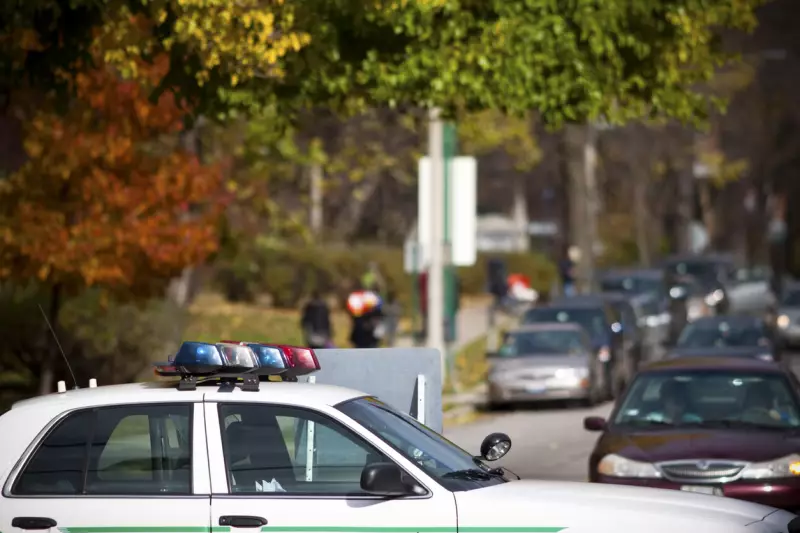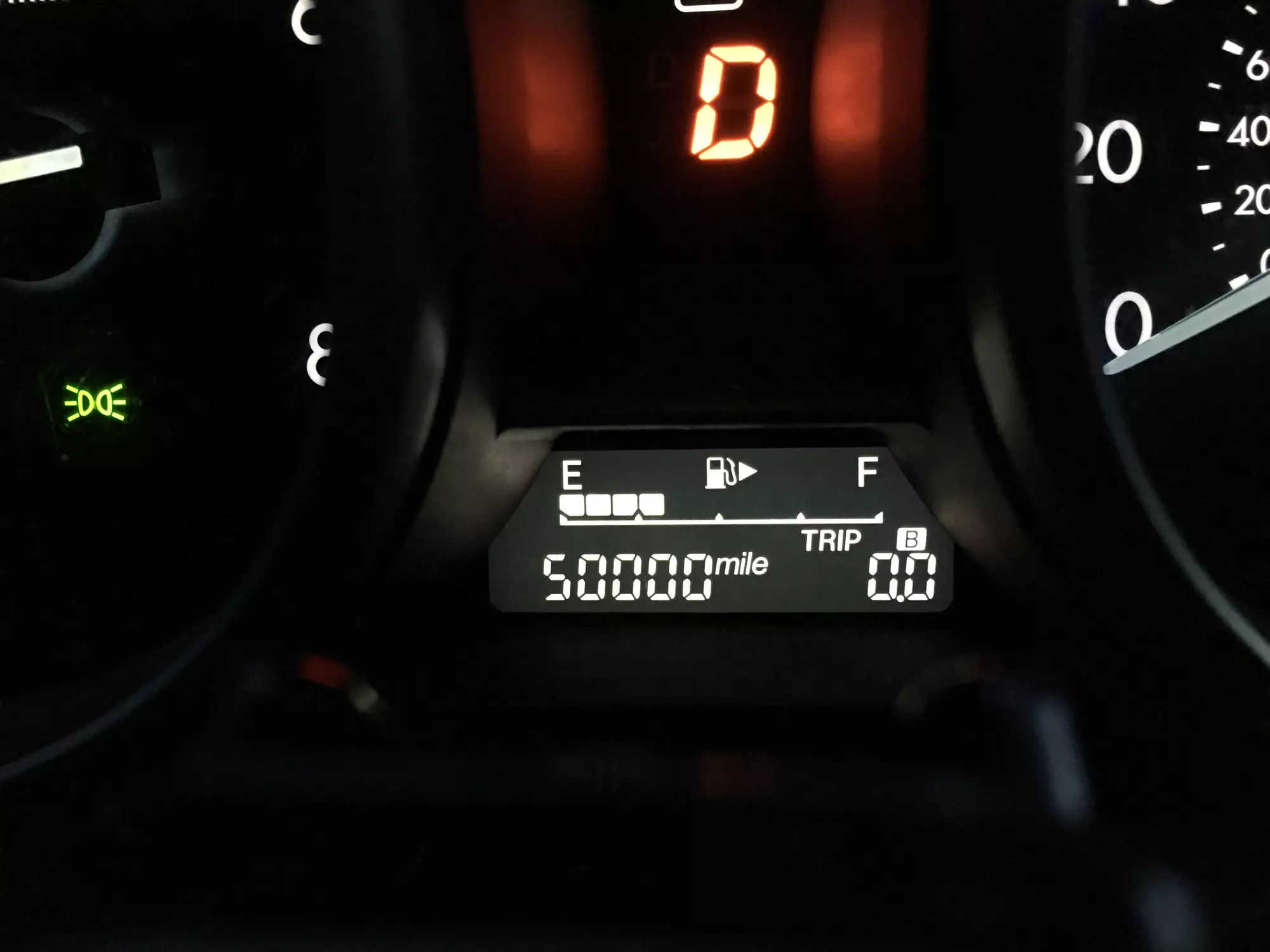We have all seen police cars on the roads, and some of us have even been pulled over or rescued by someone driving them. But have you ever wondered 'what cars do cops drive?'. Did you know that there are many different types of police cars? The main purpose of all police vehicles is to provide better safety and utility to law enforcement officers.
In the United States, law enforcement agencies use different types of cars, from sedans to SUVs, for activities like prisoner transfer, patrolling, transporting K9 units, rescues, and riot control. These are tailored to various departments according to need so they can efficiently respond to crises suitably.
Most of them are also high-performance or modified, so they can maintain car chases even off-road. Most have tinted windows to hide the number of officers inside the vehicles and their identities. Here are some examples of the most commonly used police car types.
Interceptor/Pursuit Vehicles
As suggested by the name, the interceptor is used for car chases or criminal pursuits. These types of police vehicles, often made by Ford, are also known as response vehicles and are typically first on the scene following dispatch alerts concerning ongoing incidents. These types of police vehicles have modified high-performance engines, so they have the rapid acceleration needed to catch up to fleeing suspects and a higher-than-average top speed. They are also built for taking and giving damage, as the vehicles are equipped with front push bars for impact purposes. Pursuit vehicles may have bulletproof windows to protect officers from gunfire and hardened suspension parts allowing them to continue chases off road.
Unmarked Vehicles
Unmarked police cars do not show the typical colors or emblems of the departments. Often from manufacturers like Chevrolet, Dodge, Ford, and Chrysler, these vehicles are designed to blend in with surrounding vehicles so criminals do not easily detect them during surveillance operations. They are typically used by detectives or surveillance teams doing undercover watch, surveillance, or other covert activities. Typically, these types of police cars are sedan models, though they are different from the usual fleets of patrol cars. Unmarked cars do not typically carry any type of police emblems, but they have tell-tale signs like blinking lights in the cab.
Patrol Cars
These types of police cars are standard in most police departments and include popular makes like Ford, Chevrolet and Dodge. They monitor street activities and respond to civil emergencies such as robberies, murders, or domestic disputes. These police vehicles are typically employed within cities due to the significant ground the departments in these areas have to cover. They also come with light bars and sirens to alert others to police presence in the area.
Armored Vehicles

Armored police vehicles such as the Lenco BearCat, International Armored Trucks, Ford F-Series and Chevrolet Suburban ,are used by special units in the department, like Special Weapons and Tactics (more commonly called SWAT) Teams. They are deployed alongside the teams during intense situations requiring suppression of violence, such as hostage rescue or bank robberies. The armor safeguards officers inside so they can securely reach the targets. They have a lot of room for weapons and surveillance systems so teams can appropriately respond to various violent scenarios.
Vans and Paddy Wagons
Police departments use these types of police vehicles, such as the Ford Transit, Chevrolet Express, Mercedes-Benz Sprinter and Ram Promaster, to transport groups of prisoners or officers at one time. The phrase paddy wagon goes back to the mid-19th century in New York when half of the police were Irish, and the slang term took hold. Today the departments differentiate between the more traditional paddy wagon, which transports prisoners, and ‘carriers,’ that ferry troops as well as riot gear. One van cannot be used for both purposes, though.
Highway Patrol Cars
These are similar to patrol cars, though they have modified engines for higher performance, considering they are also used in car chases. These types of cop cars patrol highways in search of unpredictable or suspicious movements from drivers. Typically, they have speed cameras installed on them, allowing the vehicles to conduct traffic stops and respond quickly to traffic accidents. The most common makes for highway patrol cars include the Dodge Charger Pursuit, Ford Police Interceptor Utility (Explorer), and Chevrolet Tahoe PPV.
Specialty Vehicles
This group of police vehicles can include most other niche vehicles used by the police department. They can consist of helicopters, hummers, snowmobiles, and motorcycles. Some common makes for these specialty vehicles include:
- Ford F-Series,
- Chevrolet Silverado,
- Toyota Land Cruiser,
- Oshkosh Defense for large armored vehicle,
- Mercedes-Benz Sprinter for mobile command centers
- International Armored Trucks for high-risk scenarios
These types of police vehicles are usually used in the same applications as the police cars within the main fleet, though they have better utility in particular areas. They are hardly modified as much as repurposed depending on the specific need of the police department. For example, a police RV would serve well as a mobile command center. Similarly, police tow trucks are the only vehicles that can tow suspect vehicles to the department.
SUVs and Trucks

Police departments previously used trucks and SUVs to patrol rural areas or borders. These types of police cars are utilized because of their versatility, comfort, and apparent durability. More space within the vehicles allows for better storage options for equipment to be transported at the scene. Due to technological improvements, SUVs and pickup trucks are now nearly as fast as pursuit and enhanced patrol vehicles, so they are also ideal for chases. They are also all-wheel drive, so they come with a fair bit of off-roading ability.
Police Dog Vehicles
Police K9 vehicles are also known as K-9 unit cars, and are part of the police dog unit. These vehicles have the task of transporting police dogs to the scene so they can sniff out controlled substances, suspects, cadavers, or explosives, depending on the nature of the incident. Typically, these cars only transport dogs and not suspects to the police station. They are also typically SUVs to provide sufficient space for the dogs in the truck. The most common makes for police dog vehicles include the Ford Police Interceptor Utility (Explorer), Chevrolet Tahoe PPV, and Dodge Durango Pursuit.
Decoy Vehicles

These types of police vehicles are used to deter violations from the citizens, such as speeding. They are made to resemble cop cars and placed on highways where they are visible, so people refrain from speeding or conducting dangerous activities. These cars may not even be real, but instead, they may have vinyl decals depicting a police vehicle. Decoy cars have drawbacks, of course, considering when criminals find out they are not real cars, there is no deterrence from committing crimes. Plus, these police cars cannot enforce laws.
How Fast are Police Cars?
Police cars are built for speed, with most models capable of reaching speeds between 120 to 155 mph, depending on the make and model. For instance, the Dodge Charger Pursuit can reach up to 155 mph, making it one of the fastest police cars used in high-speed chases. The Ford Police Interceptor Utility (Explorer) hits a top speed of around 148 mph, while the Chevrolet Tahoe PPV can reach up to 125 mph. These police cars feature modified engines, enhanced suspension, and performance tires, allowing officers to respond swiftly to emergencies or pursue fleeing suspects on highways and city streets.
Know Your Vehicle When You Buy
By taking the time to run a vehicle history report, you can learn if the vehicle you intend to buy was a former police vehicle. This knowledge is important, as it allows you to know what kind of wear and tear to expect, and can help you factor in future maintenance and repair costs. Learn about your vehicle before you buy with help from the auto experts here at GoodCar!







![Best Sites to Check a Car’s History [2025 Review]](https://media.infopay.net/thumbnails/K8lMeG2QLjE46LPqZlmoi6SunKKdT5qvlaRZk6e1.webp)









![Best Sites to Check a Car’s History [2025 Review]](https://media.infopay.net/thumbnails/K8lMeG2QLjE46LPqZlmoi6SunKKdT5qvlaRZk6e1-w356.webp)
